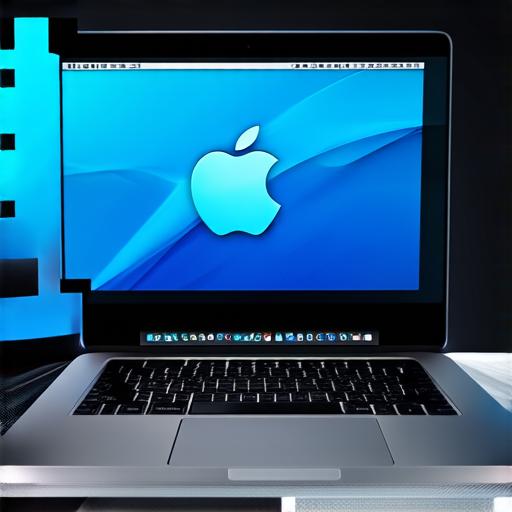iOS, Apple’s mobile operating system, was designed specifically for mobile devices and has been the platform of choice for many app developers since its inception.
To develop an iOS app, one must use Swift, which is the primary programming language used by Apple for its mobile apps. In this article, we will explore the ins and outs of developing iOS apps using Swift.
The Evolution of Swift
Swift was introduced by Apple in 2014 at the Worldwide Developers Conference (WWDC) as a new programming language that aimed to make app development more efficient and user-friendly. Swift is an open-source language that runs on top of Objective-C, the language used for developing iOS apps before Swift was introduced.
Swift’s features include automatic memory management, which reduces the likelihood of runtime errors such as memory leaks and null pointer exceptions. It also includes type inference, which allows developers to write more concise and readable code. Additionally, Swift supports optionals, which are used to represent values that may or may not exist, making it easier to handle errors gracefully.
Developing iOS Apps with Swift
Developing an iOS app involves several steps, including designing the user interface (UI), writing code, testing, and deploying the app to the App Store. Here are some of the key elements involved in developing an iOS app using Swift:
1. Designing the UI:
The first step in developing an iOS app is to design the user interface (UI). This includes creating wireframes and mockups of the app’s screens, as well as designing the graphics and typography. The UI should be intuitive, visually appealing, and easy to use. Apple provides a variety of tools for designing iOS apps, including Xcode, Sketch, and Adobe Creative Suite.

2. Writing code:
Once the UI is designed, the next step is to write the code that will bring it to life. Swift uses a syntax similar to other programming languages such as Java and Python, with some key differences. Swift supports several data types, including strings, integers, floating-point numbers, and booleans. It also includes features for working with arrays, dictionaries, and optionals.
Swift apps are built using a framework called Cocoa Touch, which provides a set of pre-built UI components such as buttons, text fields, and navigation controllers. Developers can also create custom UI components using Auto Layout, a layout system that allows developers to create responsive designs that adapt to different screen sizes and orientations.
3. Testing:
Once the code is written, it must be tested thoroughly to ensure that it works as expected and does not contain any bugs or errors. This includes both automated testing using tools such as XCTest and manual testing by real users. It’s essential to test an app on multiple devices and operating systems to ensure compatibility across different platforms.
4. Deploying the app:
Finally, once the app is tested and approved, it can be deployed to the App Store. Developers must provide all necessary assets such as screenshots, a video preview, and a description of the app’s features and benefits. The app will then become available for download by users with an Apple ID.
Case Study: Developing a Popular iOS App Using Swift

One example of a popular iOS app that was developed using Swift is Instagram. Instagram is a photo-sharing app that allows users to upload, edit, and share photos and videos. The app has over one billion monthly active users and was developed by a team of experienced software engineers at Facebook.
Instagram’s development team used Swift extensively in building the app, taking advantage of its features such as type inference and automatic memory management to write more concise and efficient code.
